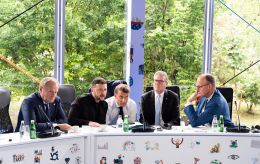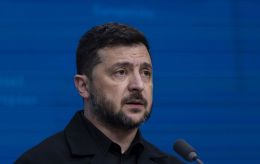Ukraine counterattacks? How frontline situation and Russia's offensive plans are changing
 Ukrainian troops launch local counterattacks on the front (photo: GettyImages)
Ukrainian troops launch local counterattacks on the front (photo: GettyImages)
The pace of the Russian offensive is slowing down. The Ukrainian army is trying to find weaknesses in the Russian defense and improve its position in the most difficult areas. What is happening at the front and what Ukraine's plans for the Kursk region might be read in the RBC-Ukraine article.
Contents
The Ukrainian army launched cautious counterattacks on two important frontline areas for Russia. In some places, the Ukrainian Defense Forces achieved tactical success and disrupted Moscow's plans. The situation in Ukraine is still very difficult, and there is no prospect of a strategic turnaround. However, for the first time since last summer, the dynamics of the Russian movement have decreased.
After the Russians occupied Velyka Novosilka, advanced in Chasiv Yar, and crossed the Chornyi Zherebets River in the Lyman direction, they have not made any dramatic changes in these areas in recent weeks. However, the Pokrovsk, Toretsk, Kupiansk, and Novopavlivka (also known as Kurakhove and Kostiantynopil) directions and the Kursk region remain the centers of the heaviest fighting.
Kupiansk, Toretsk, and Kurakhove directions
The main danger of this area is not even that the Russians cut Ukrainian troops on the left bank of the Oskil River - south of Kupiansk and north of Borova. The fact is that the Russian troops managed to cross to the right bank of the river, gain a foothold, and gradually expand their bridgehead near Dvorichna. Further expansion of Russia's zone of control here will allow them to establish their logistics through Oskil and double the threat to Kupiansk.
To the south, fighting continues in Toretsk, although Russia reported on the complete capture of the city. Ukrainian troops are holding the line in part of the Zabalka neighborhood, within the industrial zone of the Toretsk mine, and on part of the waste heaps in the west of Toretsk. That is, the Ukrainian presence is still there. Strongholds on the spoil heaps allow us to restrain Russia's advance, as these embankments and elevations facilitate fire on them. From Toretsk, Russian units are simultaneously trying to break through to the north to the neighboring villages of Krymske and Dachne. Stalling in both Chasiv Yar and Toretsk prevents the Russian occupiers from moving on to capture their next target - the town of Kostiantynivka.
In the Kurakhove direction, Russians are still making efforts to eliminate Ukrainian advances in the area of Dachne (not the same as in the Toretsk direction) and Kostiantynopil, squeezing it from three sides - north, east, and south. The northern group of the Russian troops has been most successful so far - it has managed to break through to Andriivka, narrowing the paths for retreat.
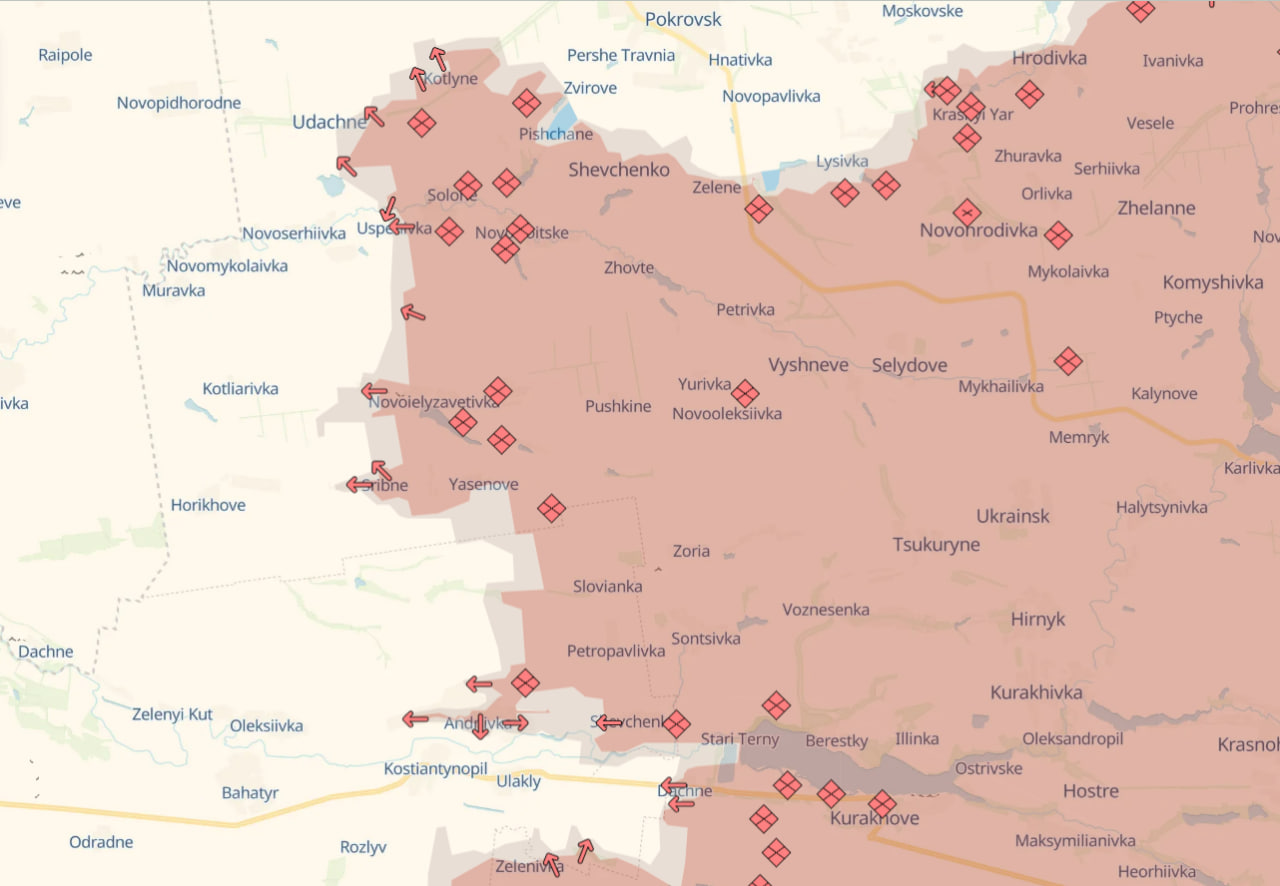 DeepState map
DeepState map
Although the Ukrainian Defense Forces are forced to gradually withdraw from this foothold - Dachne is likely to be occupied or will be occupied in the coming days - they are engaged in rearguard battles and do not allow the Russians to advance quickly in this area. Moreover, the resistance of Ukrainian troops at the Kurakhove bridgehead prevents Russian troops from fully switching their attention and redeploying forces to capture its highest priority target - the city of Pokrovsk.
Pokrovsk
The number of Russian assaults and attacks in the Pokrovsk sector has decreased. The Russians had more success on the right flank of their grouping - northeast of Pokrovsk. There, they were able to get almost close to the T0504 road on the Kostiantynivka - Pokrovsk section near Vozdvyzhenka. Their attempts to expand this “tentacle” have so far been unsuccessful.
In recent months, Russia has been focusing on offensives south and southwest of the city. Its next task No. 1 here is to reach the T0504 - Pokrovsk - Pavlohrad road to the west of the city. Earlier, the Russians were able to cut off the other of the two roads going to the Dnipropetrovsk region - to Mezhova. Then they approached Zvirove, which is two kilometers from Pokrovsk. However, over the past week, the Russian occupiers have not been able to build on their progress.
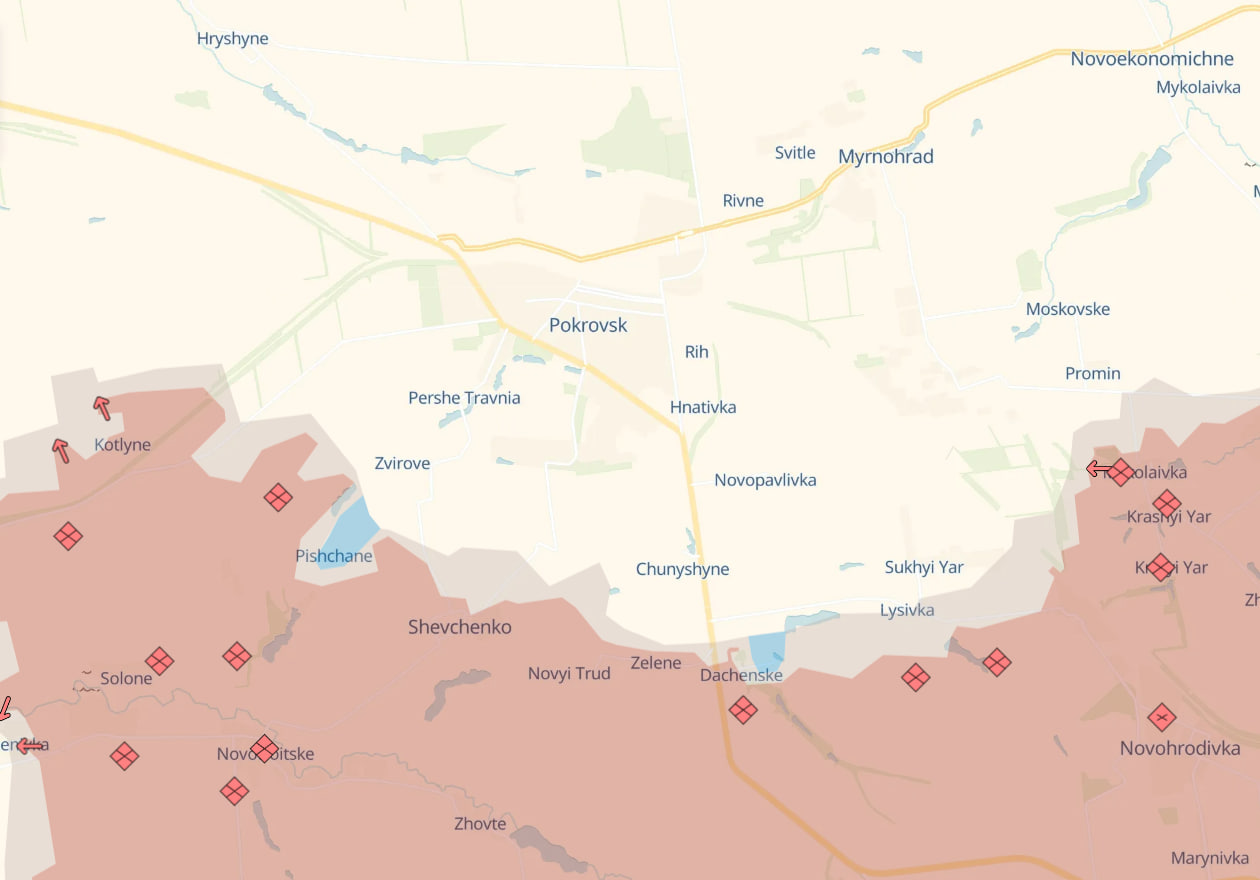 DeepState map
DeepState map
At the end of last week, the Ukrainian Defense Forces launched several counterattacks, regaining positions in the villages of Uspenivka and Kotlyne. In addition, according to RBC-Ukraine, the forces of the 425th separate assault regiment Skala managed to recapture almost the entire village of Pishchane, which is on the near outskirts of Pokrovsk. At the same time, earlier this week, there was information about a successful Ukrainian counterattack from the 68th Brigade near Dachenske. Additionally, the Ukrainian Defense Forces were able to regain their lost positions near Vodiane Druhe.
So far, this cannot be called a full-fledged counteroffensive operation - rather, it is an improvement of the tactical situation with the forces Ukraine has, in the face of Russia's numerical superiority. However, these actions - due to the unexpectedness - are forcing the Russians to slow down their pace of advance and at least postpone the start of the battle for Pokrovsk.
Kursk region
Exactly six months after the start of the Kursk operation, the Ukrainian Defense Forces launched new counteroffensives on Russian territory. Taking advantage of the weather conditions and the temporary absence of North Korean soldiers, the Ukrainian military launched an assault southeast of Sudzha on February 6 and occupied several nearby villages with a total area of more than 10 square kilometers - Kolmakov, Cherkasskaya Konopelka, and possibly Fanaseevka. The breakthrough in the direction of Ulanok, which the Ukrainian Defense Forces managed to achieve during the first day of these actions, is about 5 kilometers.
Interestingly, unlike the previous attempt on January 6, these offensives are now a tactical success. Although the breakthrough of the Ukrainian military was stopped by the Russian troops, they managed to gain a foothold in the occupied settlements and can develop a further breakthrough in the future. It seems that the task of the Ukrainian Defense Forces in this area may be to eliminate the Russian intrusion in the area of Ulanok and Plekhovo. At least according to the agency, the Ukrainian military is not planning to rest on its laurels in the Kursk region.
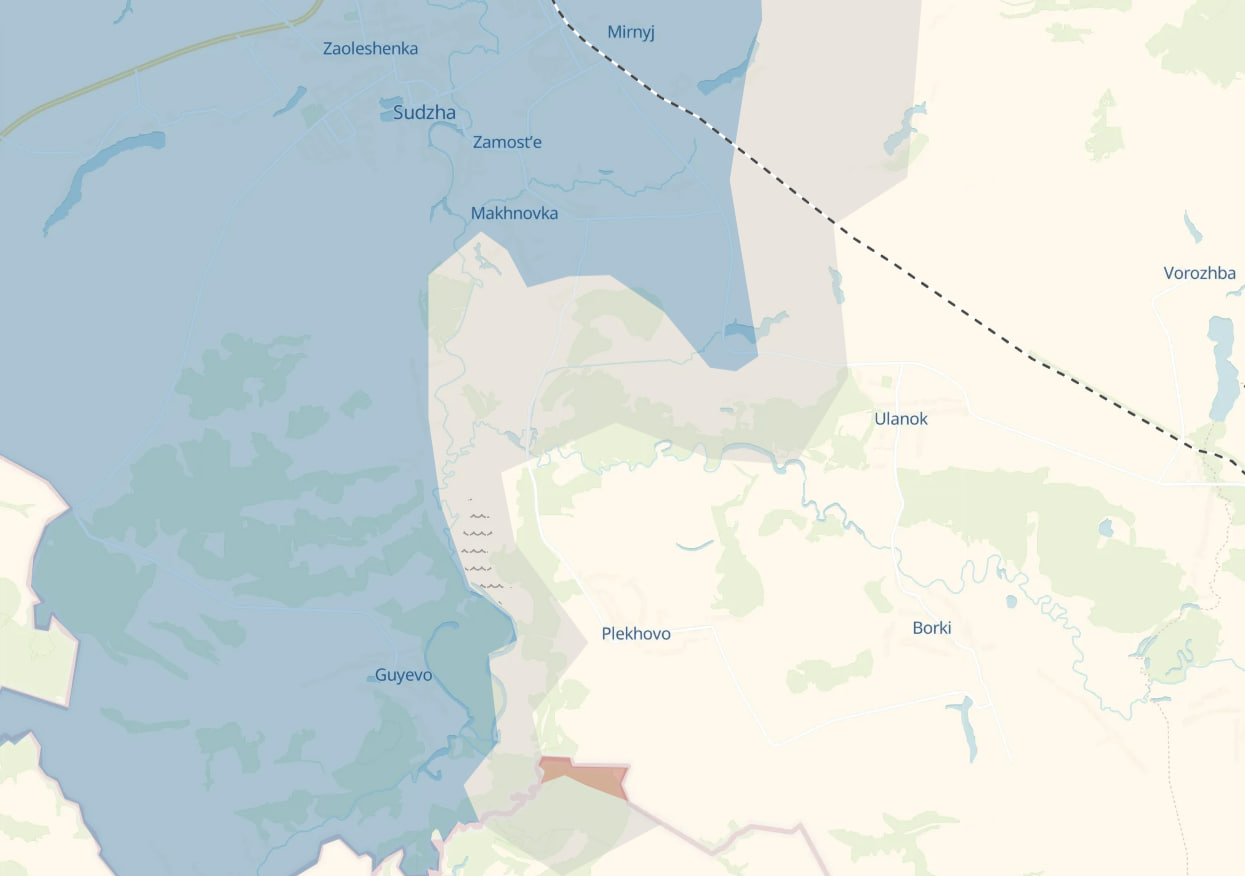 The area of assault operations of the Ukrainian Defense Forces in the Kursk region (map: DeepState)
The area of assault operations of the Ukrainian Defense Forces in the Kursk region (map: DeepState)
Fiber-optic drones are becoming a big problem for Ukrainian units here, as well as in other parts of the frontline, as they cannot be suppressed by electronic warfare. Russia managed to stop the breakthrough of our troops in the Kursk region with these drones.
After the Ukrainian counterattacks, the Russian group also became more active on the opposite side of the Kursk front - northwest of Sudzha. North Korean soldiers resumed infantry attacks and began to put pressure south of Malaya Loknya. The Russians began to advance on Sverdlikovo, an important stronghold, and its capture by the Russians could disrupt the logistics of our group in the Kursk region.
***
The events at the frontline in recent weeks show that the Russian army is beginning to experience problems - exhaustion, lack of troops and weapons. For this reason, Russia cannot sustain intensive operations on a dozen fronts simultaneously and must prioritize. The Ukrainian army, on the other hand, is demonstrating that it can still successfully attack where conditions allow, where Russia has gaps in its defense, albeit with limited forces.
With the assault operations near Pokrovsk or in the Kursk region, the Ukrainian military was able to improve their tactical position and move the front away from Sudzha. But the significance of these counterattacks may be greater. Perhaps the Ukrainian Defense Forces intend to prevent the loss of Pokrovsk before possible negotiations and a temporary ceasefire. Perhaps Ukraine also wants to maintain its presence in the Kursk region until negotiations on the end of the war begin. One way or another, all of this could strengthen Kyiv's position in possible peace talks.
President Volodymyr Zelenskyy has stated directly that he is ready to offer the aggressor a swap of Kyiv-controlled areas in the Kursk region for Ukrainian territories occupied by Russia. He did not specify which Ukrainian territories he was talking about. However, theoretically, there are many options here.
For example, it could be an exchange of the Kursk region for Zaporizhzhia NPP, which played an important role in Ukraine's power grid and generation. Another option is to exchange the areas of the Kharkiv region captured by Russia, as well as the Kinburn Spit, the only occupied area of the Mykolaiv region. Neither of these regions has been declared by the Kremlin as annexed and included in the Constitution of Russia. Moreover, the first option does not exclude the second. Ultimately, this hypothetical exchange could also include a broader solution: in exchange for the withdrawal of the Ukrainian Defense Forces from the Kursk region, the Russian occupation forces could withdraw from their positions by X (pre-determined) kilometers or ledges along the entire front on Ukrainian territory.
